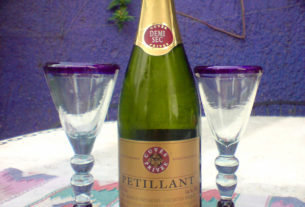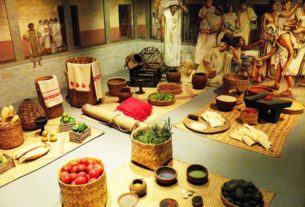Mexican Mezcal in the Global Spirits Market: Unrivalled Complexity, Innumerable Nuances – By Alvin Gary Starkman, M.A., J.D. (Carteles Editores – P.G.O., Oaxaca, March 2014)
 Derived from the agave plant, mescal — or mezcal — has been enjoyed since before the Spanish conquest. Most is produced in the Mexican state of Oaxaca and, as with so many distilled spirits, reveals distinct nuances in smoothness, smokiness and flavor.
Derived from the agave plant, mescal — or mezcal — has been enjoyed since before the Spanish conquest. Most is produced in the Mexican state of Oaxaca and, as with so many distilled spirits, reveals distinct nuances in smoothness, smokiness and flavor.
How each producer distills is also unique to his facility and likely his family history of making mezcal — when to take off the head (punta) and similarly dealing with the tail (cola), adding mezcal to the tepache (fermented liquid and fiber) in the copper kettle for the first distillation, whether to distill twice or for a third time, if the water used in the traditional condenser is kept cool through circulating it or by continuously using new cool water, and so on. No two traditional clay distillers or copper pot distillers use exactly the same recipe unless they are close family members.
A friend said, Alvin Starkman has written the best book on mezcal in the English language. Being familiar with Mexico, mezcal and agave, I purchased a copy. I’ve certainly not read all the books on mezcal but Mr. Starkman’s well-footnoted work is an impressive, informative introduction to mezcal. I no longer doubt my friend; Starkman has probably written the best book on mezcal in English.
To summarize the work, mezcal — like its country of origin — is unruly, unique and a spirit difficult to neatly classify. Consider your favorite drink, from a liquor, to cola or coffee. The taste of your selection five years ago is exactly the same flavor your brand delivers today. Not so with mezcal. The product you relished five years ago inevitably diverges ever so slightly in flavor when you enjoy today’s glass.
Starkman goes into great detail explaining the influences that prevent mezcal from being standardized, as is the case with other spirits. Consider the range of terrains, altitude, rainfall, and amount of sun. Each factor has an impact on the long-growing — minimally eight years to maturity — agave. These examples are but a few of the hundreds of stimuli, including those in the opening quote — family recipes — that individualize every batch of mezcal distilled.
Additionally, the book covers changes and varieties in production. The reader quickly grasps the limits and possibilities for export. The most modern distilling methods versus the traditional are explained. The plight of the traditional family producer is examined.
The book contains twenty-six excellent photographs. My single criticism of the manuscript is there are no captions with the photos. Had Starkman included captions, I believe the book would be a bit better and the photographic story significantly illuminated.
I am hopeful that if Mr. Starkman writes a second edition, he will expand the content greatly. While this work is a perfect introduction to the drink and marketing, I would love to know a bit more about the agave plant as well as the earlier history of mezcal. I believe Mr. Starkman has the knowledge to produce a larger work for the aficionado, the spirits expert and the imbibing public.
I was glad to have discovered this book.
In a world rapidly becoming more and more uniform, it’s nice to know something like mezcal refuses to be tamed and homogeneous. With this understanding, I’ll enjoy the tiny differences in flavor between my next two bottles even more.
Mexican mezcal in the global spirits market: Unrivalled complexity, innumerable nuances can be purchased in Oaxaca from Amate Books and at the Monte Albán archaeological site bookstore, or ordered online at [email protected].


